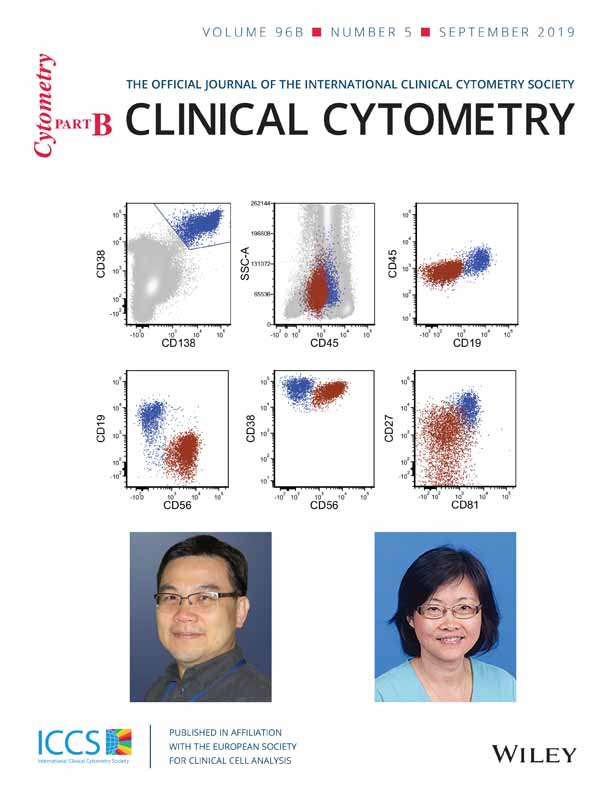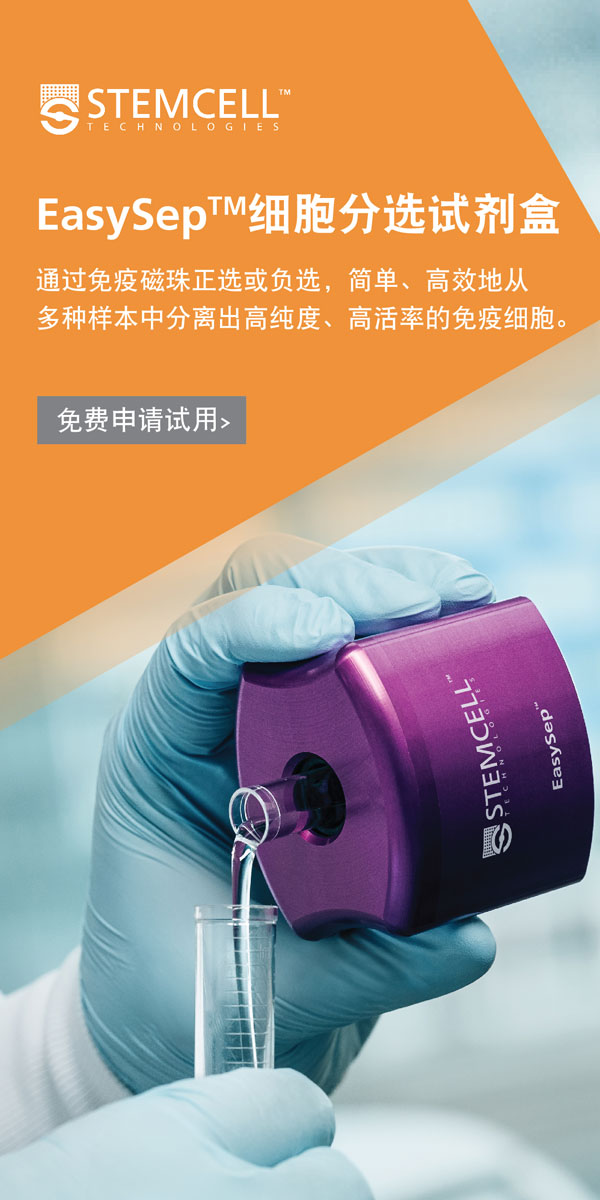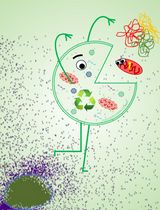- EN - English
- CN - 中文
One-step White Blood Cell Extracellular Staining Method for Flow Cytometry
流式细胞术白细胞细胞外一步染色法
(*contributed equally to this work) 发布: 2021年08月20日第11卷第16期 DOI: 10.21769/BioProtoc.4135 浏览次数: 4001
评审: Alessandro DidonnaJidnyasa IngaleLaura CampisiAnonymous reviewer(s)

相关实验方案
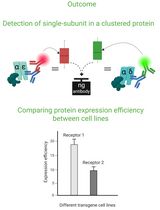
Cluster FLISA——用于比较不同细胞系蛋白表达效率及蛋白亚基聚集状态的方法
Sabrina Brockmöller and Lara Maria Molitor
2025年11月05日 1122 阅读
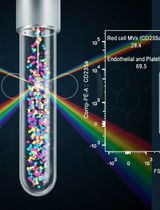
外周血中细胞外囊泡的分离与分析方法:红细胞、内皮细胞及血小板来源的细胞外囊泡
Bhawani Yasassri Alvitigala [...] Lallindra Viranjan Gooneratne
2025年11月05日 1326 阅读
Abstract
Flow cytometry is a powerful analytical technique that is increasingly used in scientific investigations and healthcare; however, it requires time-consuming, multi-step sample procedures, which limits its use to specialized laboratories. In this study, we propose a new universal one-step method in which white blood cell staining and red blood cell lysis are carried out in a single step, using a gentle lysis solution mixed with fluorescent antibody conjugates or probes in a dry or liquid format. The blood sample may be obtained from a routine venipuncture or directly from a fingerprick, allowing for near-patient analysis. This procedure enables the analysis of common white blood cell markers as well as markers related to infections or sepsis. This simpler and faster protocol may help to democratize the use of flow cytometry in the research and medical fields.
Graphic abstract:

One-step White Blood Cell Extracellular Staining Method for Flow Cytometry.
Background
Flow cytometry is increasingly used in scientific investigations and healthcare; however, it requires a time-consuming, multi-step sample preparation procedure, which limits its use to specialized laboratories. Most whole blood sample preparation protocols for extracellular staining consist of at least three steps: using a venous blood sample collected in an anticoagulated sampling tube, 50-100 µl is pipetted into a reaction tube; as a second step, fluorescent antibodies are mixed and incubated with the blood to allow white blood cell staining; as a third step, the lysis solution is added to the reaction tube to allow for red blood cell removal; finally, an optional washing step is performed to reduce non-specific fluorescence.
Due to these multiple timed steps that need to be carried out in specialized laboratories, the use of flow cytometry is limited. It is, for example, not yet routinely used in the clinical field, even though the assessment of patient immune cells has proven helpful in the indication of potential disease activity (Brown and Wittwer, 2000). Some authors have tried to establish protocols with only one step, proposing to remove the lysis step; however, this method necessitates a dedicated flow cytometer, restricting its use(Petriz et al., 2018).
In this study, we propose a new universal method in which white blood cell staining and red blood cell lysis are carried out in a single step. The lysis solution is stable at room temperature (RT) and does not interfere with the staining owing to its composition, which comprises a substrate that is specifically cleaved by an enzyme uniquely present in RBC membranes (van Agthoven, 2007). White cells are maintained at neutral pH under isotonic conditions and are therefore not affected. The lysis solution can include low-dose formaldehyde (0.05%) to stabilize markers of interest (Bourgoin et al., 2020c).
The fine titration of the conjugates and their direct dilution in the lysis solution enable the final washing step to be eliminated while maintaining low background levels. Using the new Dried Unitized Reagent Assays (DURA) Innovations technology, the conjugates can be dried, which enables RT storage and removes the need for pipetting, thereby supporting better standardization. The blood sample may be of venous origin or from a fingerprick, allowing for less invasive sampling suitable for a point-of-care setting. This approach is possible thanks to an excess volume of lysis solution, which permits efficient RBC lysis in up to 50 µl of blood. The conjugate quantities have also been adjusted to stain white blood cells contained in 2-50 µl blood, with a small quantity of blood no longer being a limitation because 2 µl blood contains an average of 10,000 leukocytes. As a 100-cell subpopulation is usually considered statistically representative, using 2 µl of blood allows for analysis of subpopulations as low as 1%, which is sufficient for most routine applications.
Since management of patients with infections in the Emergency Department (ED) is challenging for practitioners, we developed a panel that enables rapid patient triage in the ED using flow cytometry. It has been shown that monitoring the expression of CD169 on monocytes (mCD169), CD64 on neutrophils (nCD64), and HLA-DR on monocytes (mHLA-DR) by flow cytometry can be indicative of viral or bacterial infection, or sepsis, respectively. We therefore established a panel consisting of antibodies targeting these three markers and evaluated the one-step method in subjects with infection and septic conditions by measuring the expression of the three infection-related markers (Bourgoin et al., 2019a, 2019b, 2020a, 2020b, 2020c, and 2021; Bedin et al., 2020; Michel et al., 2020).
Many other applications can be envisioned in fields where flow cytometry is routinely performed, such as measuring T, B, and NK cell proportions, detecting leukemias and lymphomas, and enumerating CD34+ stem cells for transplantation.
Materials and Reagents
Regular flow cytometry 5-ml test tubes, polypropylene or polystyrene (12 × 75 mm), or 1.4-ml microtubes (e.g., from Micronic), or deep-well plates (any vendor).
Lysis solution (Beckman Coulter, VersaLyseTM, catalog number: IM3648, store at 18-24°C, 2-year shelf-life)
Fixative solution (IOTest®3 10×; Beckman Coulter, catalog number: A07800, store at 2-8°C, 1-year shelf-life)
Antibody cocktail (IOTest Myeloid Activation CD169-PE (Phycoerythrin)/HLA-DR-APC (Allophycocyanin)/CD64-PB (Pacific-Blue) Antibody Cocktail from Beckman Coulter, catalog number: C63854, store at 2-8°C, 1-year shelf-life)
Easy batch preparation of the lysis buffer (see Recipes)
Batch preparation of the staining and lysis buffer for n tests (see Recipes)
Equipment
Pipettes (Gilson, PIPETMAN®, catalog numbers: FA10003M [2-20 µl] and FA10006M [100-1000 µl])
3-laser, 10-color cytometer (Beckman Coulter, Navios, catalog number: B47904) or 3-laser 13-color cytometer (Beckman Coulter, CytoFLEX, catalog number: B53000). Any other 3-laser cytometer can be used (e.g., Becton Dickinson FACSCanto, Cytek Aurora)
Software
Kaluza Software version 2.1 (Beckman Coulter, https://www.beckman.fr/flow-cytometry/software/kaluza)
Note: Any other flow cytometry software can be used (e.g., Becton Dickinson Flowjo and Cytek SpectroFlo).
Procedure
文章信息
版权信息
© 2021 The Authors; exclusive licensee Bio-protocol LLC.
如何引用
Belkacem, I. A., Bourgoin, P., Busnel, J. M., Galland, F. and Malergue, F. (2021). One-step White Blood Cell Extracellular Staining Method for Flow Cytometry. Bio-protocol 11(16): e4135. DOI: 10.21769/BioProtoc.4135.
分类
免疫学 > 免疫细胞染色 > 流式细胞术
生物化学 > 蛋白质 > 表达
细胞生物学 > 基于细胞的分析方法 > 流式细胞术
您对这篇实验方法有问题吗?
在此处发布您的问题,我们将邀请本文作者来回答。同时,我们会将您的问题发布到Bio-protocol Exchange,以便寻求社区成员的帮助。
Share
Bluesky
X
Copy link


